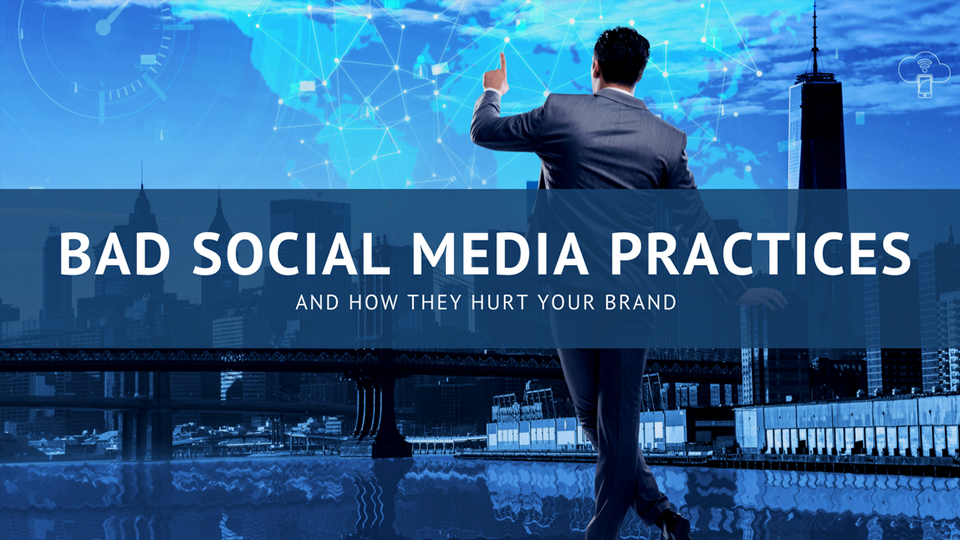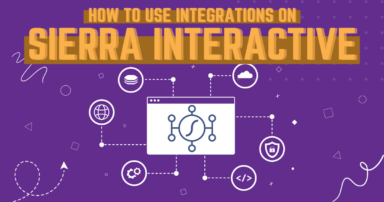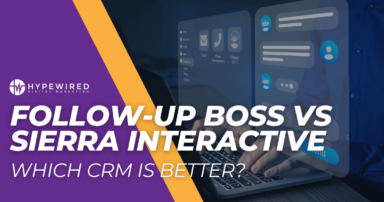No one plans to undermine their brand with their social media efforts. Nevertheless, time and time again bad social media mistakes have turned off potential customers. Even the best-planned content can come across as insensitive or in poor taste, and even if it doesn’t, some practices can leave a lingering bad taste in a viewer’s mouth. This can hinder a business’s marketing attempts rather than aiding them, as it turns prospective customers away from their social media channels. However, it is not surprising for this to occur when social posting may be left to someone with little training on the best social media practices to employ to benefit an organization.
Before another post is sent, understand more about how social media practices, when poorly applied, can negatively influence a brand’s image.
Autoposting All Social Media Content on a Queue
There are tools available, such as CRMs, which help social media managers with timely posting of social media content across multiple channels. However, autoposting without the addition of in-the-moment posts fails to take advantage of the spontaneity of social media and how rapidly content is produced and consumed. Much of the best engagement comes from a post that ties into an event just happening. A social media manager needs to be able to add these timely pieces of content into the mix in order to get the engagement they want from viewers.
“Every organization needs to find their own happy medium when it comes to engagement. The rate of negative feedback given on posts and a decreasing number of followers may indicate an issue with the frequency of posts.”
In addition, social media requires management of comments, likes and other replies, including negative feedback. Some who are overwhelmed may autopost content, and then poorly monitor and handle responses from a targeted audience. This is another issue often seen in those who dedicate themselves to autoposting. Autoposting can miss out on key engagement times and pieces of content posted in advance can come off as insensitive when tragedy hits.
Inaccurate Use of Trending Topics and Hashtags
 Why look to see what topic or tragedy the hashtag is associated with before using it? One issue that can end up hurt social media departments is choosing a hot topic or hashtag without investigating the type of content it is associated with at the moment. This poor judgment call can make a brand appear insensitive and even force them to issue an apology later on. Such decisions can hurt a growing or established brand and create undesirable attention toward a piece of content. In addition, a particular trending topic may not be appropriate for the image that a brand is trying to convey to an audience. Think twice before posting on a hot topic.
Why look to see what topic or tragedy the hashtag is associated with before using it? One issue that can end up hurt social media departments is choosing a hot topic or hashtag without investigating the type of content it is associated with at the moment. This poor judgment call can make a brand appear insensitive and even force them to issue an apology later on. Such decisions can hurt a growing or established brand and create undesirable attention toward a piece of content. In addition, a particular trending topic may not be appropriate for the image that a brand is trying to convey to an audience. Think twice before posting on a hot topic.
Overposting and Underposting to Social Media Platforms
Too much of a good thing is almost as bad as too little. Too little posting will not offer enough content to get engagement going in an audience. There needs to be more than a trickle of posts to build awareness of a brand and stimulate conversations. On the other hand, overposting can flood a person’s feed and in turn that individual may choose to see fewer posts or hide the content entirely. A viewer may also begin to tune out the content even if they haven’t unfollowed the brand, which in turn may be harder for a department to gauge. Every organization needs to find their own happy medium when it comes to engagement. The rate of negative feedback given on posts and a decreasing number of followers may indicate an issue with the frequency of posts.
Creating too Much Promotional Content for Your Brand
Social media is not simply a tool to sell a company’s products or services. Followers often choose to unfollow a brand that has become too sales-oriented. A brand tends to lose that human touch when they go the route of focusing only on delivering promotional content. People desire connection with a brand. Social media channels often choose to filter out this type of content as they understand that viewers tend to not want to engage with such content. This has already occurred on Facebook, which prioritizes content from friends and family over branded content in its algorithm. This then limits the reach of such content and many followers may not see such posts in their feed. The best brands stay human and try to add content that speaks to the needs and interests of their followers.
Not Listening to Followers on Social Media
 Listening to brand criticism helps managers refine their approach and get the type of engagement and responses an end client desires from social media efforts. Choosing to not listen or react to negative responses on social content or feedback from other parties may lose followers, lead to repeated mistakes and create a brand that is not reflective of what the client has in mind. It is important to stay open to all feedback and be able to tailor a strategy using incoming information, good or bad.
Listening to brand criticism helps managers refine their approach and get the type of engagement and responses an end client desires from social media efforts. Choosing to not listen or react to negative responses on social content or feedback from other parties may lose followers, lead to repeated mistakes and create a brand that is not reflective of what the client has in mind. It is important to stay open to all feedback and be able to tailor a strategy using incoming information, good or bad.
Buying Followers on Social Media
Do not buy followers. This may appear to be attractive when a brand is starting out. However, these followers serve to pad numbers and skew results. Such followers provide little if any authentic engagement and will not be useful when it comes to testing marketing campaigns and building a community. Engagement is the most important aspect when it comes to social media. Fake followers do nothing to serve long-term goals of a company.
Build a Brand the Right Way
This is why no organization can leave their social media management to interns or small agencies that continue with such poor practices. A few wrong steps and a business may have to devote excessive time and energy to remaking their image. Take the time to build a brand and following authentically and engage with followers for best results.

 December 27, 2017
December 27, 2017



